Best List: Time to seriously upgrade your life
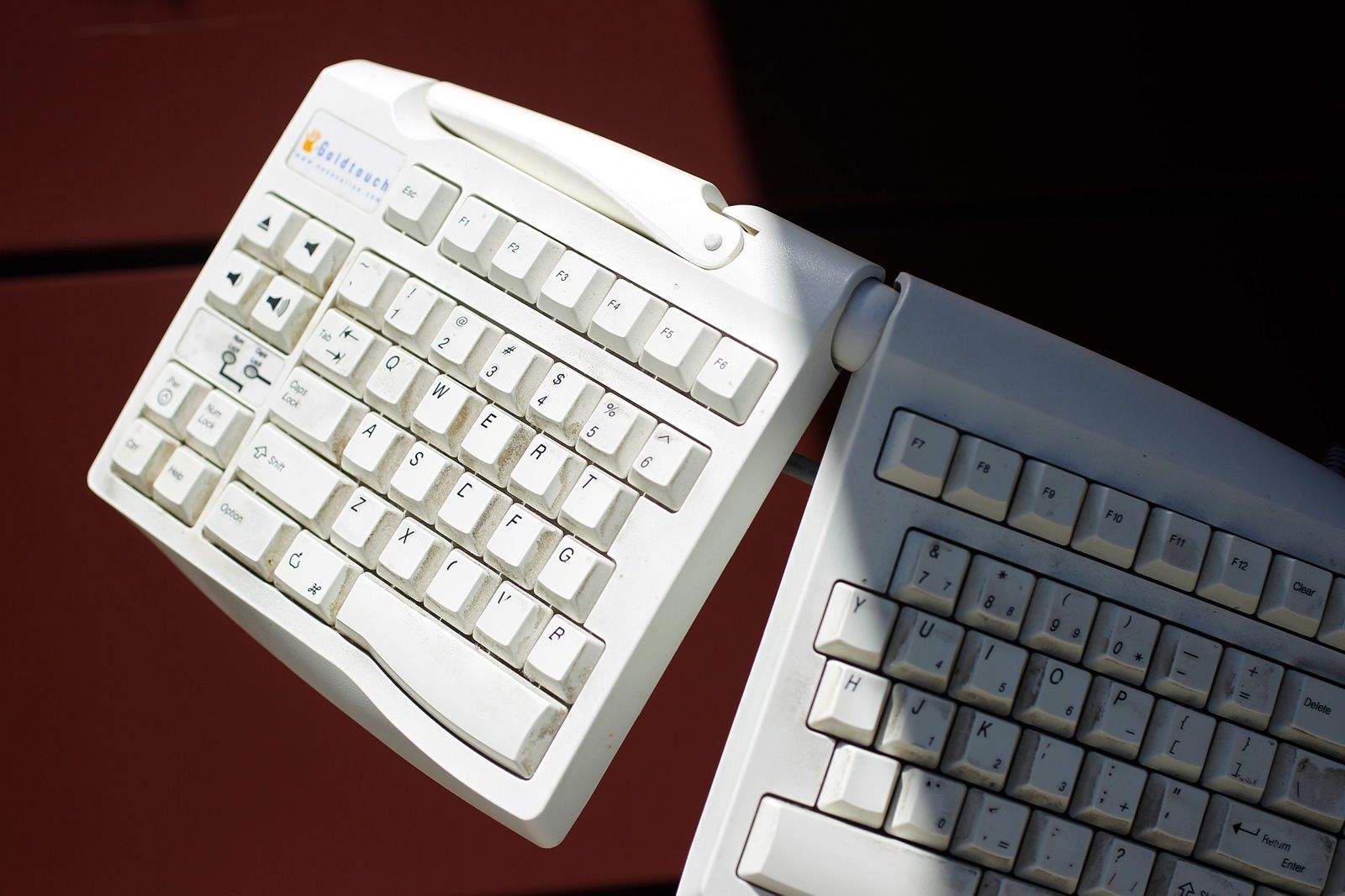
You know what I hate about Apple computers? The precious keyboards. They look lovely, with their sleek designs and tiny little keys, but they absolutely kill my wrists and fingers. That’s why I plug a grimy old Goldtouch keyboard ($129 list when they made ‘em) into the MacBook Air that I use for work. I even take the weird-looking A-frame keyboard with me when I travel. It’s not an elegant-looking solution, but it’s a lifesaver.
I’ve dealt with typing-related RSI for decades. While I use voice recognition when I have to write something lengthy, it’s not the perfect tool to accomplish every task in every situation. Sometimes I need to hammer away on a keyboard, and when I do, the Goldtouch makes the experience far less painful. It’s split down the center, with a ball joint that lets me adjust the angle between the two halves as well as the height at the center. And the soft-touch keys just feel good to me. — Lewis Wallace
P.S. I haven’t tried the updated Goldtouch V2 ($115) or the company’s Go!2 Bluetooth mobile keyboard, but when ol’ faithful finally gives up the ghost, that’ll be my move.
Photo: Jim Merithew/Cult of Mac
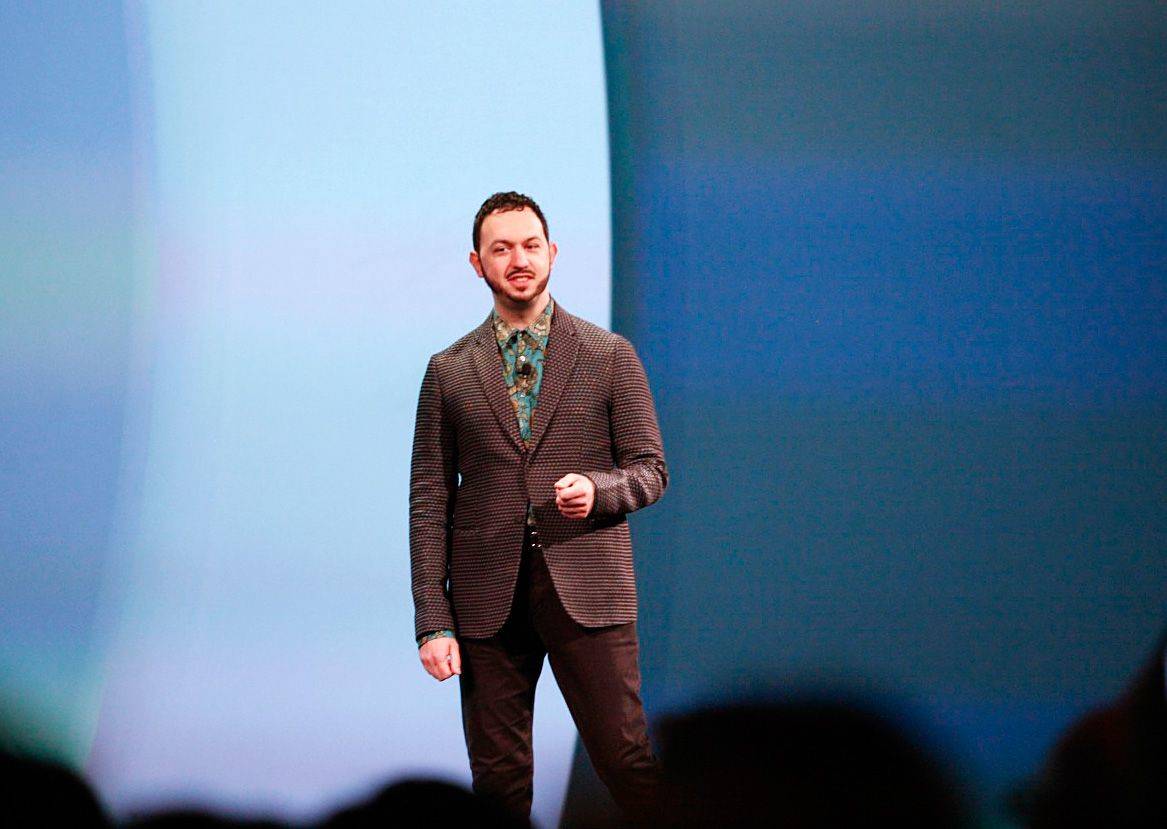
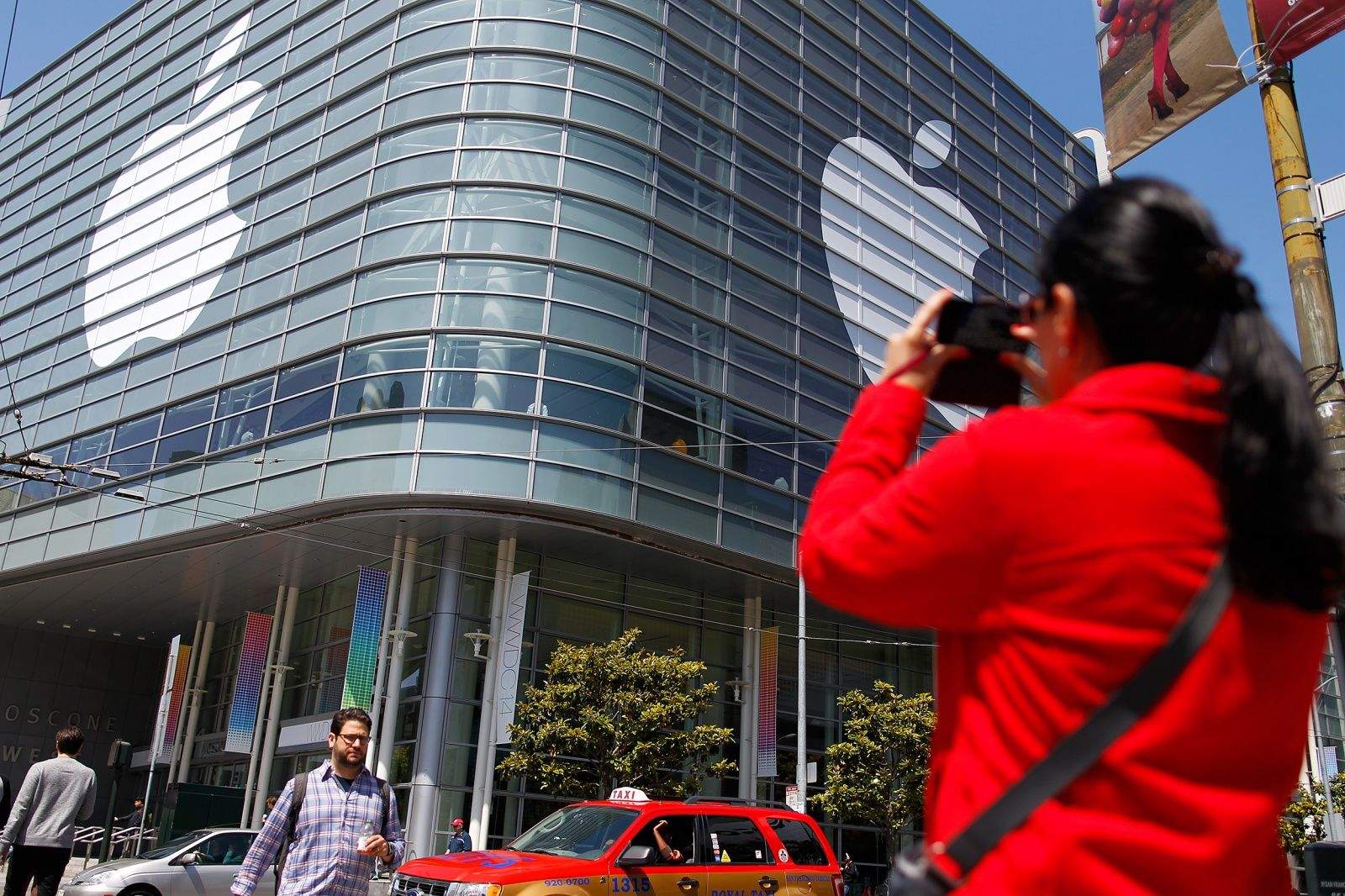
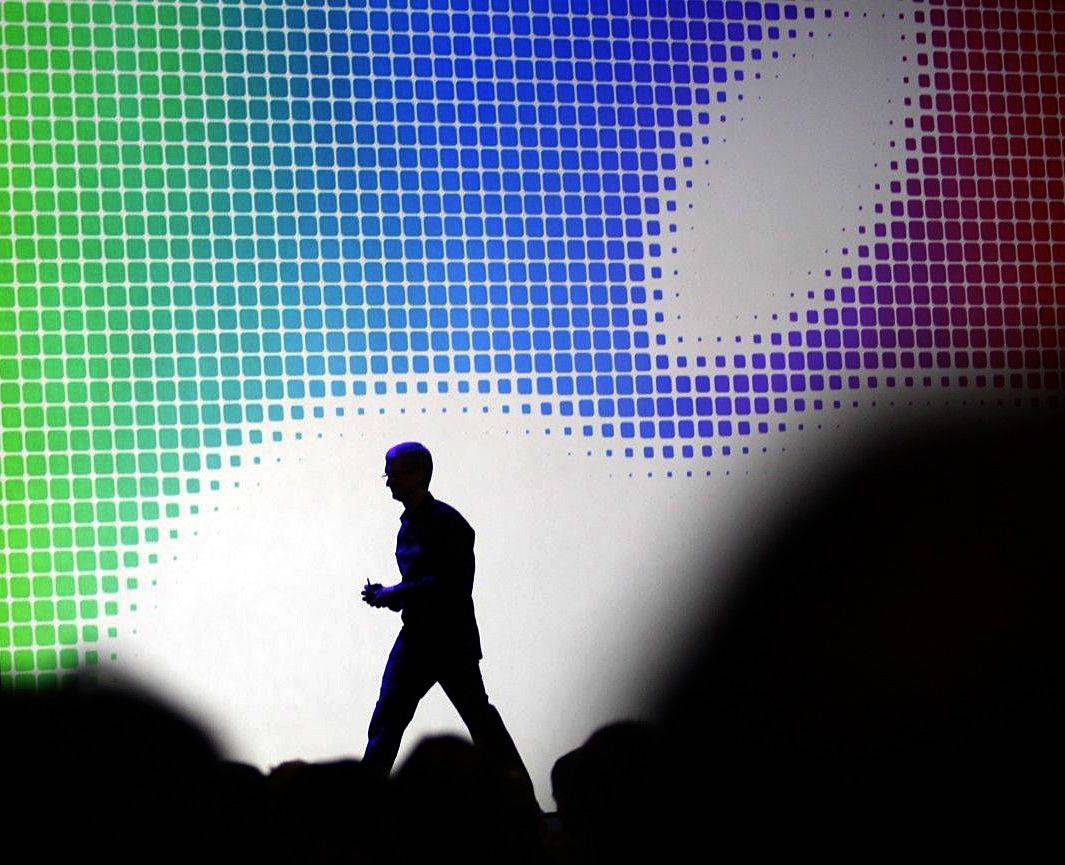
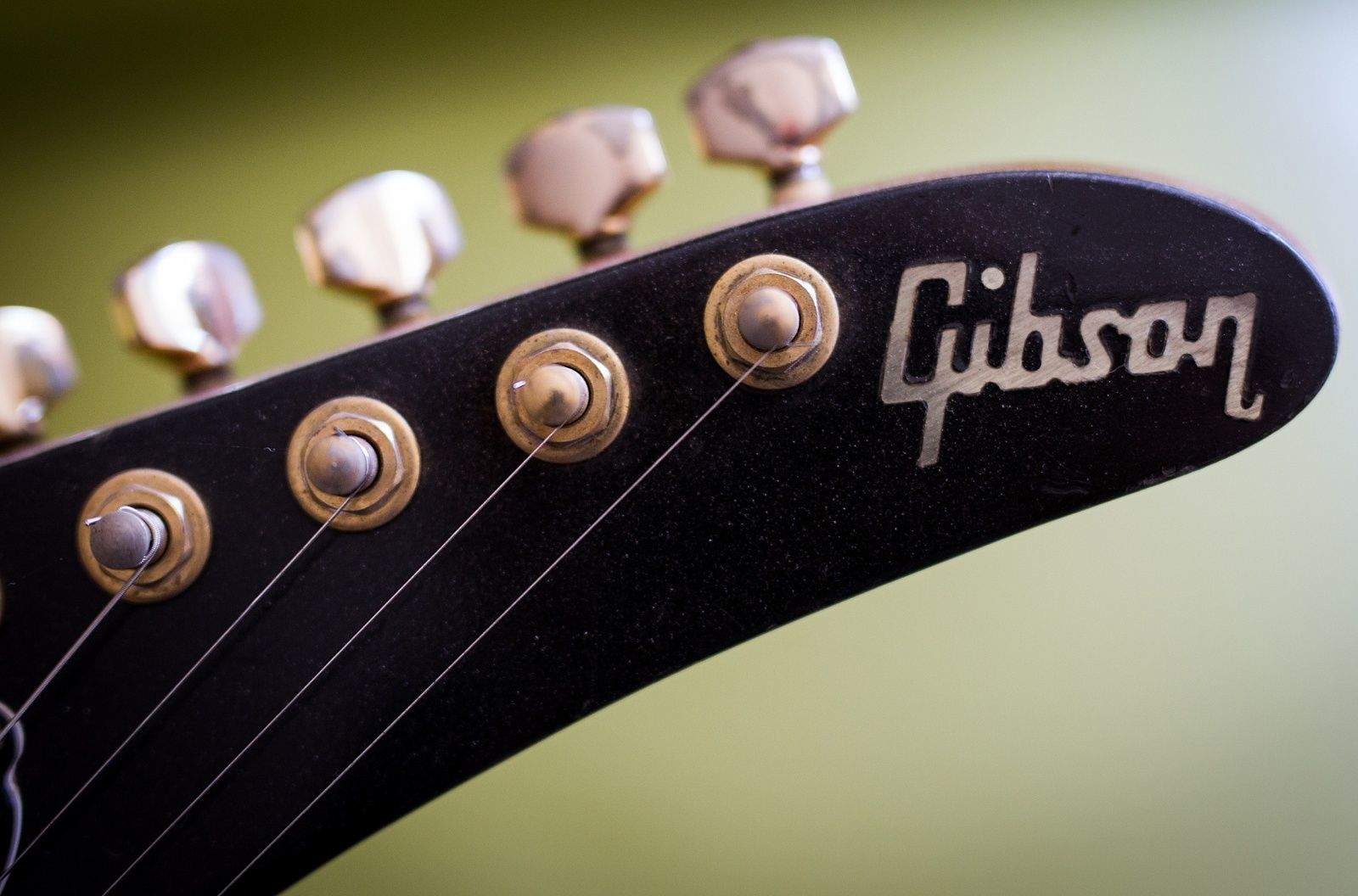
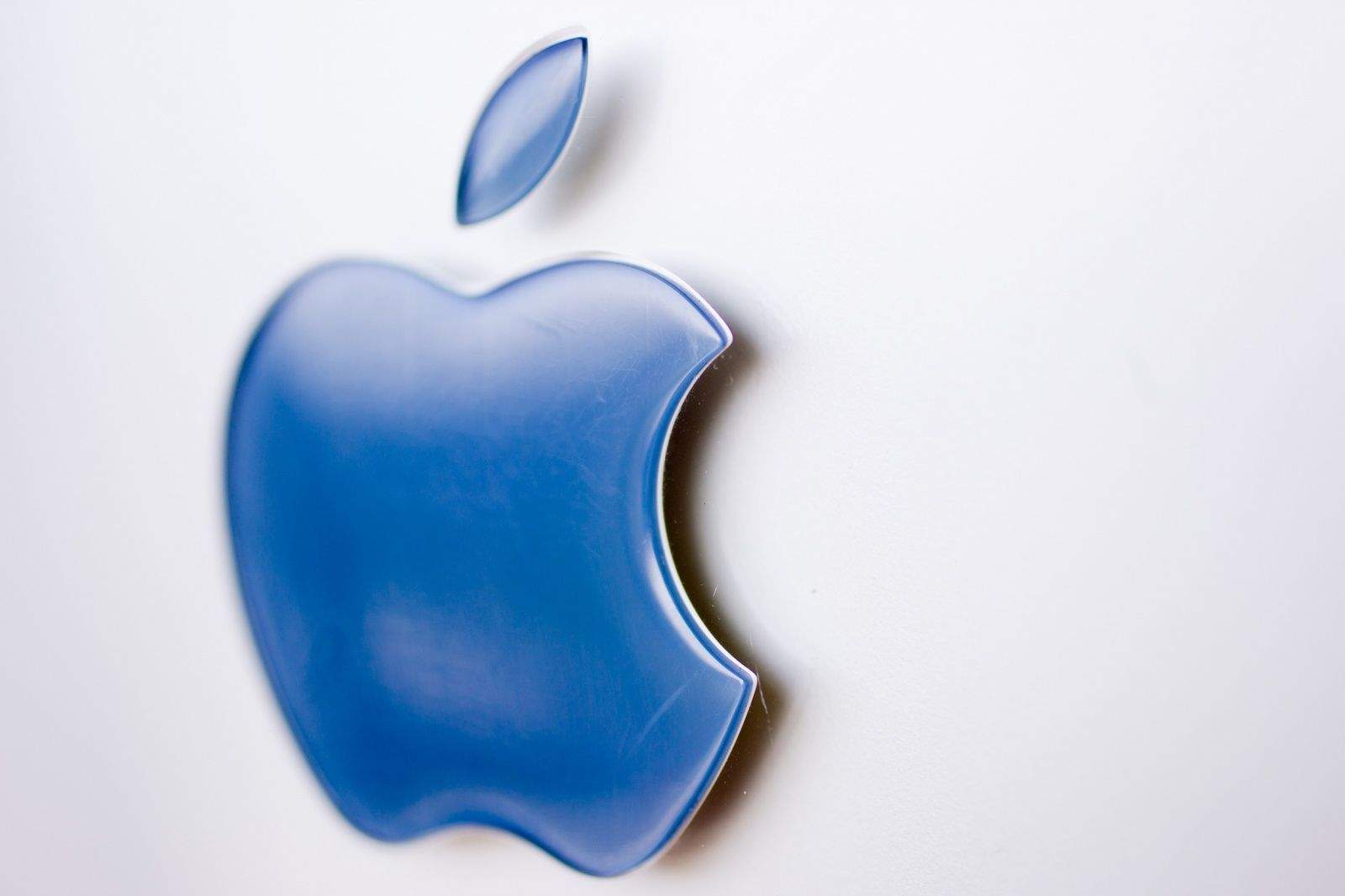
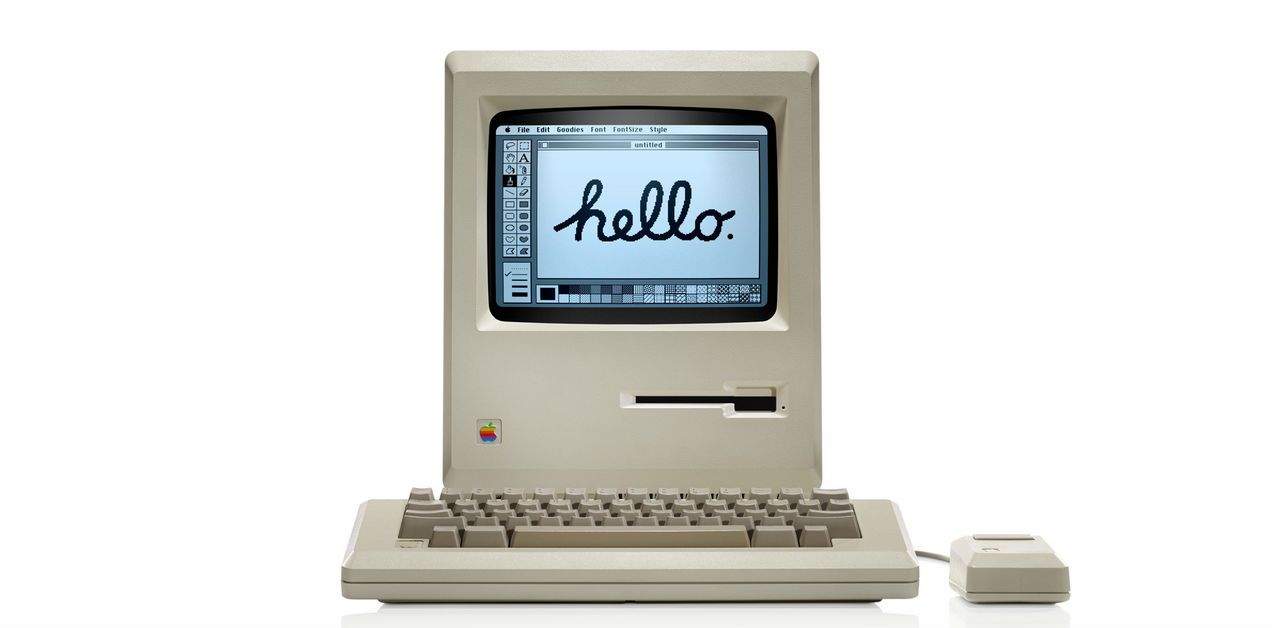
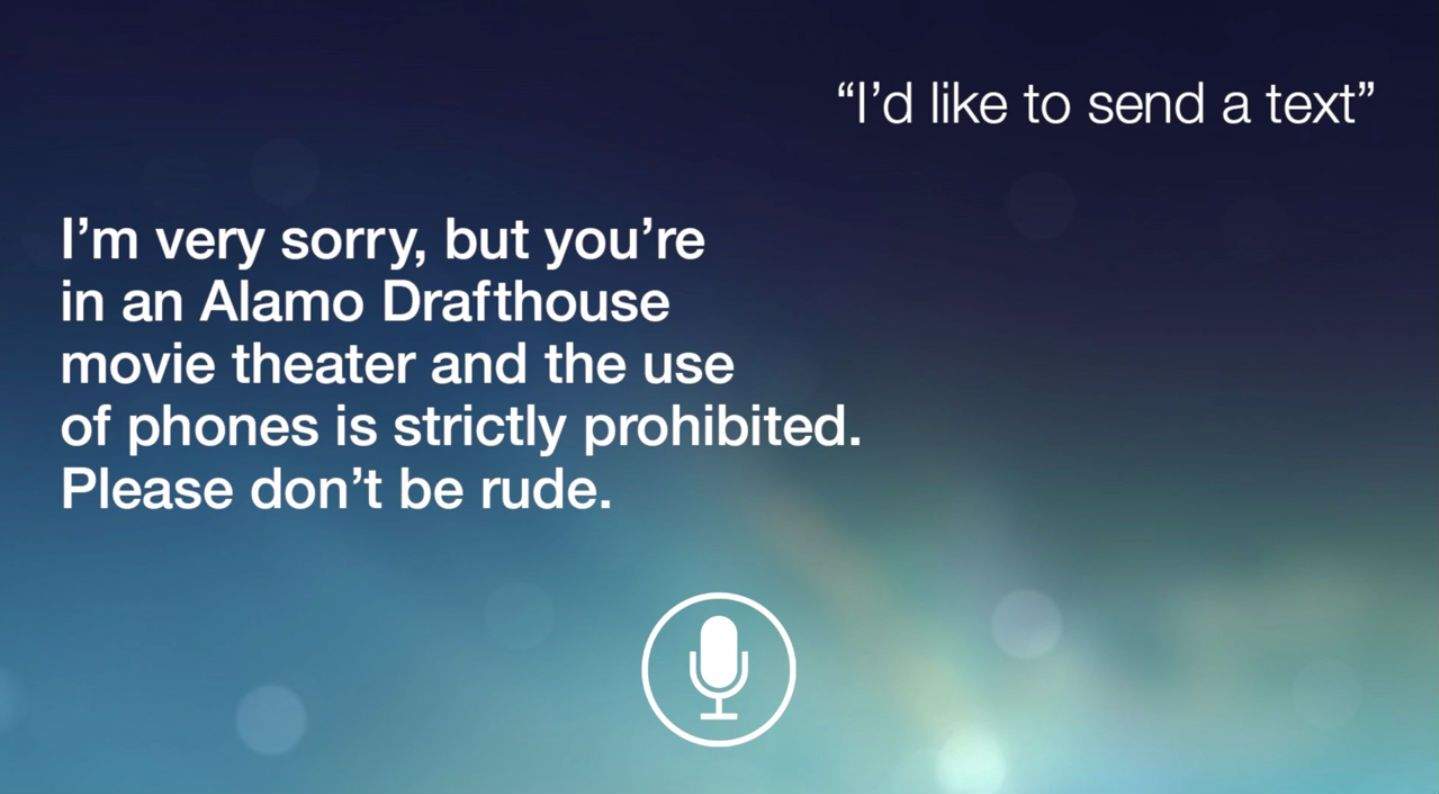

![SkySafari App Lets You Simulate Cassini’s Deep-Space Snapshot Of Earth [Daily Freebies] skysafari](https://www.cultofmac.com/wp-content/uploads/2013/07/skysafari.jpg)